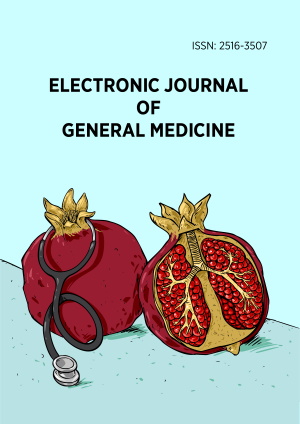Abstract
Background: The aim of our study was to examine the relationship between the inflammatory response and the pain response by determining the level of C-C motif chemokine ligand 2 (CCL2)/mono-cytechemoattractant protein-1 (MCP-1) in the serum of patients with combat injuries in the perioperative period with different methods of analgesia.
Materials and methods: The study involved 24 servicemen with gunshot wounds to extremities of various localizations due to a mine or explosive mechanism. The patients were divided into 2 groups: group 1 (n = 12)–received standard general anesthesia (with intravenous infusion of 0.005% fentanyl, morphine 1%), group 2 (n = 12)–combination of general anesthesia and infiltration anesthesia of the wound with 0.5% bupivacaine.
Results: The plasma CCL2/MCP-1 level in the patients prior surgery averaged 19.15 ± 6.80 pg/ml pg/ml; (p < 0.05). After 12 hours in patients from group 1 there was an increase in the level of CCL2/MCP-1 in the blood plasma (3.1 times), p < 0.05, and 9.5 times 24 hours after surgery. In group 2 there wasn’t an increase in inflammatory markers after 12 hours, but after 24 hours after surgery, plasma CCL2/MCP-1 level significantly increased 3.3 times (p < 0.05). In the preoperative period the pain intensity ranked by the visual analog scale 7.8 scores, in the postoperative period, the degree of pain intensity was quantitatively the lowest in group 2.
Conclusions: MCP-1 biomarker levels may be an indicator of the intensity of the inflammatory process and pain in the perioperative period. The CCL2/MCP-1 level is significantly influenced by the type of anesthesia.
License
This is an open access article distributed under the Creative Commons Attribution License which permits unrestricted use, distribution, and reproduction in any medium, provided the original work is properly cited.
Article Type: Original Article
ELECTRON J GEN MED, Volume 22, Issue 4, August 2025, Article No: em668
https://doi.org/10.29333/ejgm/16519
Publication date: 01 Jul 2025
Online publication date: 18 Jun 2025
Article Views: 921
Article Downloads: 476
Open Access References How to cite this article
 Full Text (PDF)
Full Text (PDF)